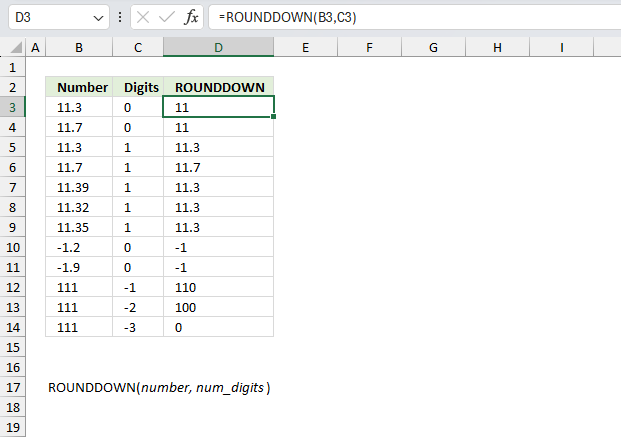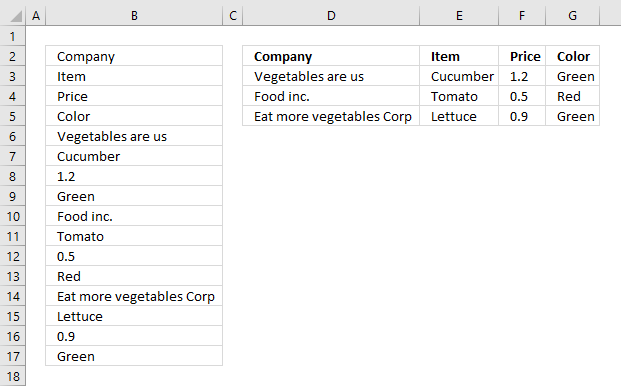'ROUNDDOWN function' category
How to use the ROUNDDOWN function
What is the ROUNDDOWN function? The ROUNDDOWN function calculates a number rounded down based on the number of digits to […]
What is the ROUNDDOWN function? The ROUNDDOWN function calculates a number rounded down based on the number of digits to […]
Rearrange values using formulas
The picture above shows data presented in only one column (column B), this happens sometimes when you get an undesired […]
The picture above shows data presented in only one column (column B), this happens sometimes when you get an undesired […]

